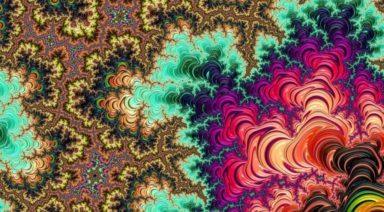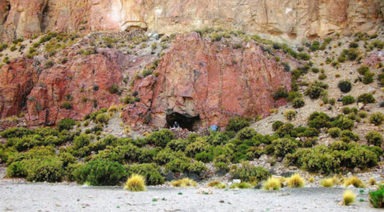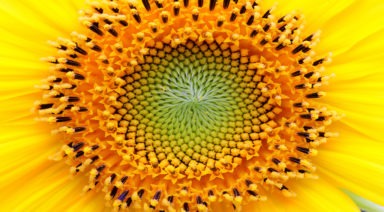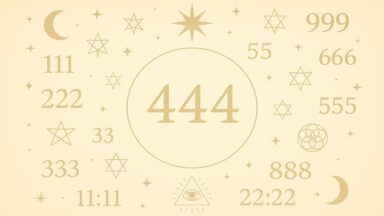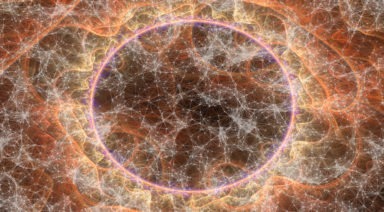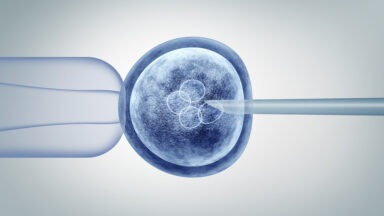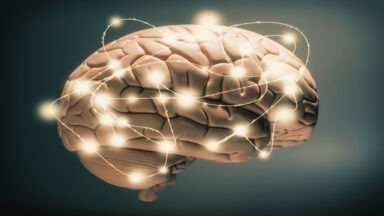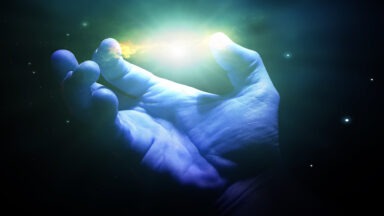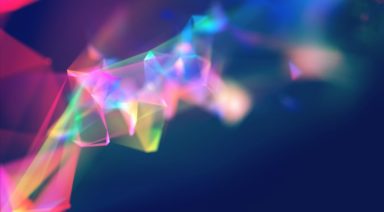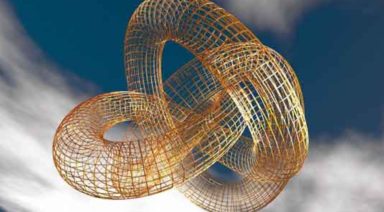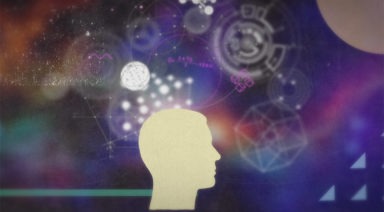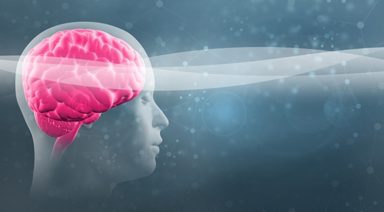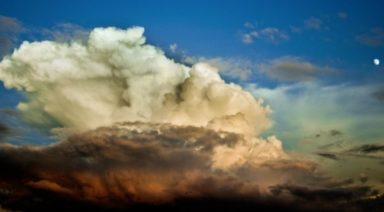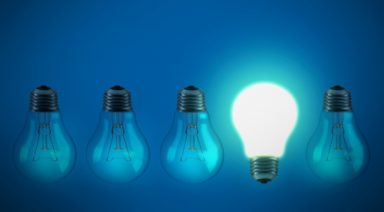Study Finds Ayahuasca Affects Epigenetic Gene Expression
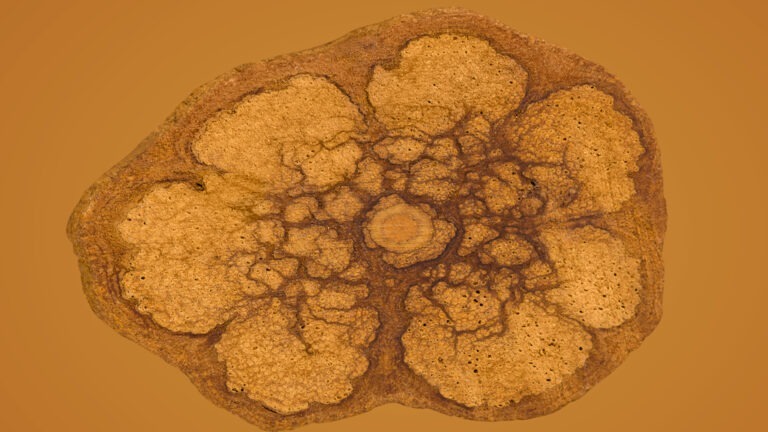
In this Gaia News special investigation, we take a look at groundbreaking new research being done on ayahuasca, an ancient psychedelic plant medicine showing great promise in addressing the most difficult to treat mental health conditions, and may even change our DNA.
Dr. Simon Ruffle is a psychiatrist and researcher who led this study conducted in the Peruvian Amazon.
“Ayahuasca is a psychedelic brew that is used in the Amazon rainforest. It’s been used for at least hundreds of years and there’s some evidence that suggests that it may have been used for thousands of years,” Ruffell said.
“It’s used for a wide variety of purposes and normally by indigenous tribes. It’s used most commonly, now, for healing. And there’s been a lot of interest from people from the West going to the Amazon rainforest in order to drink ayahuasca. And also ayahuasca is spreading all over the world and now can be found on pretty much every continent.”
Watch Part 1:
In part two we look at how researchers found a statistically significant change in the expression of the SIGMAR-1 gene which is thought to be involved with how traumatic memories are recalled.
Watch Part 2:
Psychedelic Experiences Neurologically Mimic Near-Death Experiences
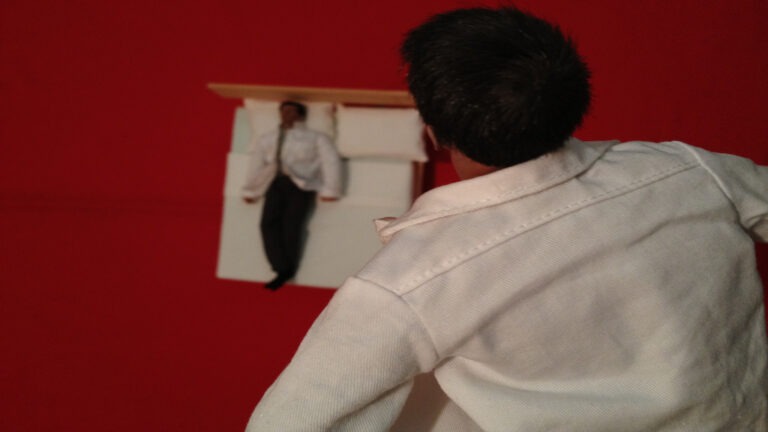
Research suggests the psychedelic trip is remarkably similar to a Near-Death Experience and has been noted for decades. Now, research into the neural activity experienced while under the influence of psychedelics, is providing valuable context for the commonalities.
Dr. Eben Alexander is a neurosurgeon who experienced an NDE in 2008 and has since been studying the phenomenon and sharing his findings in a number of bestselling books.
“This research with psychedelics has been so fascinating,” Alexander said. “Not only does it show that the brain goes dark under the influence of such substances, they actually showed this beautiful inverse correlation between the amount of turning off and dissolution of the Default-Mode Network, as demonstrated on fMRI, with a degree of liberation of consciousness away from the ego into these unfettered realms of transcendental and paranormal experience. It shows us in a very concrete fashion that the brain activity is not actually causing all of this to happen, but it’s more the brain getting out of the way.”
Researcher Dr. Rick Strassman was the first to rigorously study the overlap between the psychedelic experience and the NDE. The commonalities are quite significant.
“It’s all about entering new realms, I mean, entire immersive experiences — worlds that are different from our material realm. That is a very common theme in those drug experiences as well as in near-death experiences. There’s also this extraordinary world of beings, entities, guides, of intelligences. It’s showing this incredible unification, a sense of being, and a binding force of love through these experiences. So, there’s a commonality of lesson and transformation,” Alexander said.




